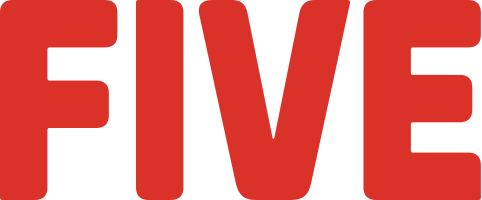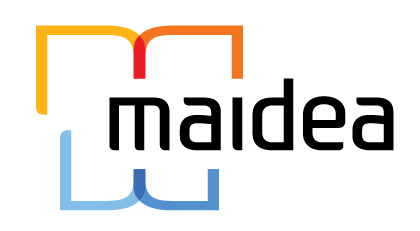What's the fuss about Phoenix?
In the past few years there has been an increased excitement about the Phoenix web framework. Phoenix users report some impressive achievements, such as tens of thousands requests per second, microseconds latencies, or 2 millions of connected users on a single machine.
But there's more to Phoenix than just raw performance numbers. It stands on the shoulders of giants (Erlang/Elixir), applies lessons learned from other frameworks (such as Rails), relies on the functional programming paradigm, and values explicitness over "magic". It could be argued that Phoenix is an important step in the evolution of web frameworks, and in my personal opinion, it's the best tool we have today for building any kind of a web server, regardless of its size or scale.
This talk aims to back my claims by showcasing the most important benefits of Phoenix. I'll talk about Erlang/Elixir foundations, present most interesting features of the framework, and discuss its design approach and philosophy. At the end of the talk, the audience should hopefully be motivated to research Phoenix on their own.
The talk targets experienced server-side web developers familiar with some popular web framework such as Rails or Django. No knowledge of Erlang, Elixir, or functional programming is required.
Duration: 45 min

Software developer at Aircloak, a startup developing a solution for plug-and-play privacy compliance. Has many years of experience building server systems as well as desktop applications using various languages and technologies such as Elixir, Erlang, Ruby, JavaScript, C#, C++. The author of "Elixir in Action", and an occasional blogger at theerlangelist.com.























